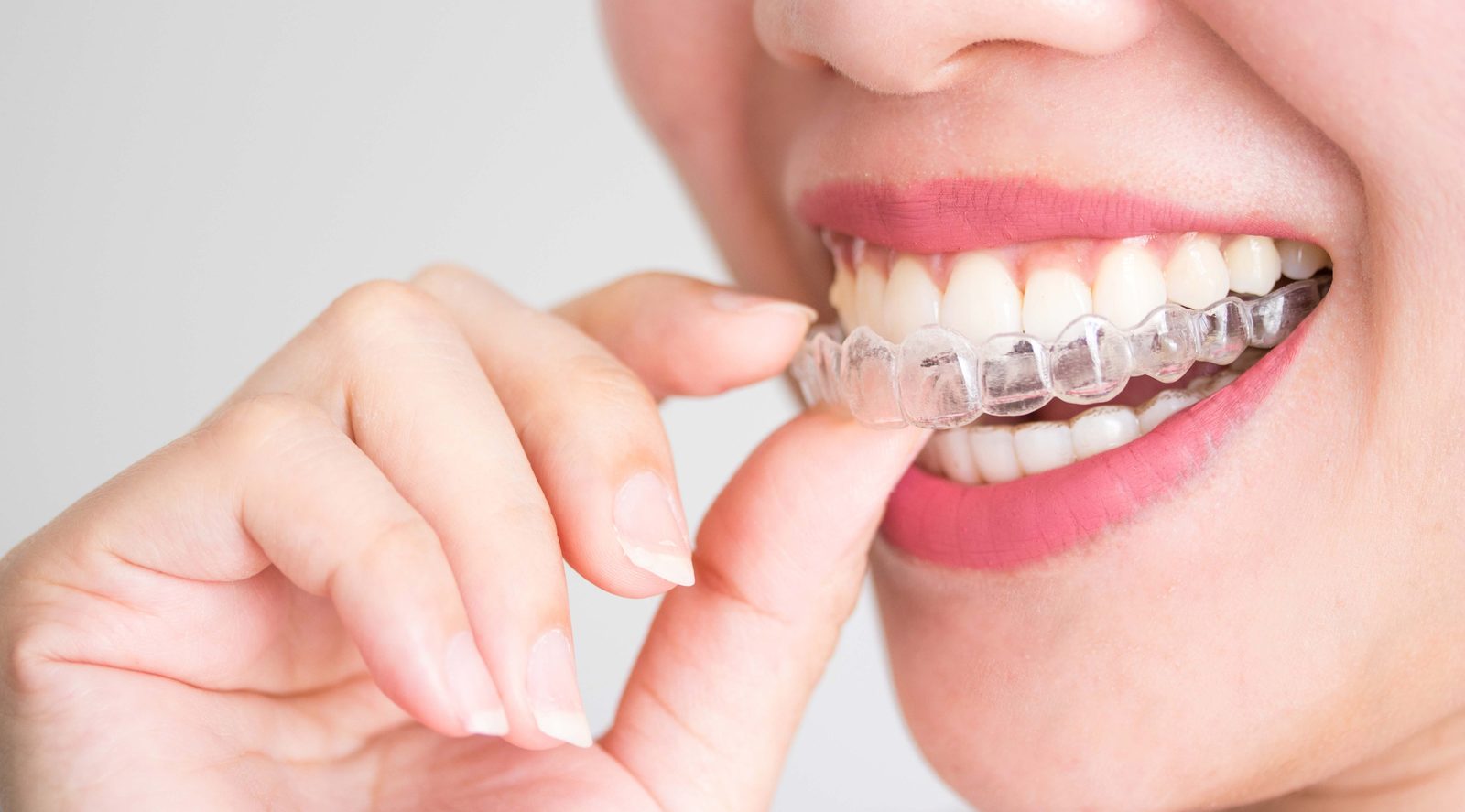Shaz Memon explains why it might be worth revisiting what your practice says about teeth-straightening.
Dentists beware – your website might be breaching new restrictions laid down by advertising watchdogs over what you can and cannot say about the teeth-straightening options your practice offers.
The treatment claims of orthodontic systems have recently come under close scrutiny by the Advertising Standards Authority (ASA). The upshot is that, if you’re making unfounded claims online, it might mean your practice website is breaching new rules.
An ASA enforcement notice, published in December, comes down heavily on the dental marketing of any dental device that suggests any named braces are ‘faster’ or ‘less painful’ than the traditional bracket-and-wire system.
In fact, it’s not the first time dental device companies have come under fire. The advertising watchdog previously named a company that ‘misleadingly implied’ the benefits of its braces – in both speed and comfort.
Now, having assessed on-going promotions, the ASA says: ‘It has come to our attention that there are a significant number of websites advertising braces and dental devices. Some of these websites have claimed that their brace systems are less painful and have a faster effect than traditional braces.
‘Such claims would need to be substantiated with robust documentary evidence in the form of high quality human clinical trials, which we are yet to see in relation to pain and speed of treatment claims.’
A level playing field
Having already communicated this guidance to the orthodontic industry, the ASA now expects practices to follow. This means dentists – and anyone else with the responsibility to manage practice websites – will now need to revisit their own social media presence and rectify any discrepancies in copy that fails to comply with the Committee of Advertising Practice (CAP) code created to ‘ensure a level playing field’.
Inevitably, consumers rate comfort high on their priority list of factors when it comes to choosing braces. Speed is also paramount, particularly for those looking to straighten their teeth in time for an important life event, such as a wedding or a milestone birthday.
However, the ASA enforcement does allow for certain USPs in any promotional material about the braces your practice offers.
These might include the bonus of being almost invisible and, therefore, discreet and aesthetically pleasing or the oral health benefits of being removable as well as the system’s suitability for a wide age range or that it is manufactured using strong resistant materials.
A holistic approach
I suggest practices consider going one step further in their bid to be open, honest as well as remaining within the ASA enforcement notice.
Any practice website should aim to offer its patients a holistic overview of everything orthodontics to help those who are considering treatment options at every step of the user journey. These might be identified as such:
- Awareness and education – increasing interested party’s knowledge
- Issues and concerns – addressing common concerns and perceived barriers to treatment
- Treatment options – presenting treatments that may be suitable to meet the requirements of potential patients
- Booking and consultation options – offering an easy-to-navigate route to the best contact to book an appointment.
Any practice offering orthodontics would be wise to offer an overview or general guide to treatment options and lead visitors to the sub-guides, such as fixed braces, removable aligners and then brand reviews, including patient feedback and testimonials as well as case studies and before and after images.
These encourage patients to assess and analyse what system best suits them and to seek further guidance from the treating dentists within your team.
FAQs to include on your pages might include:
- What is orthodontic treatment?
- Is orthodontic treatment suitable for me?
- What age is best for orthodontic treatment?
- Who carries out orthodontics?
- What does orthodontic treatment involve?
- How is treatment carried out? What types of braces are there?
- How long do orthodontic treatments take to work?
- What happens at the end of my treatment?
- Will the teeth-straightening treatment hurt?
- How many appointments will treatment require?
- How predictable are the results?
- How much does it cost?
- Can orthodontic treatment damage my teeth?
- Is teeth-straightening treatment permanent?
- Will it be easier to maintain good oral health?
The British Orthodontic Society offers comprehensive online access to unbiased patient information so do provide any potential patients with a link to its website (www.bos.org.uk), thereby offering them a ‘safe place’ to go, as well as adding credibility to the information you provide.
Social influencers
It’s also worth remembering that social influencers, particularly those who post on Instagram, can sway a patient’s decision on which treatment they want – so be prepared to address any misinformation as well as the need to explain that just because it gave their social media hero a cracking new smile, it may not be right for them.
Additionally, if your practice engages someone to reach out to potential patients with their treatment and/or practice recommendations, then it is your responsibility to ensure their endorsements remain ethical, of high quality and meet the expectations of this new ASA enforcement notice, too.
- More information can be found here.



